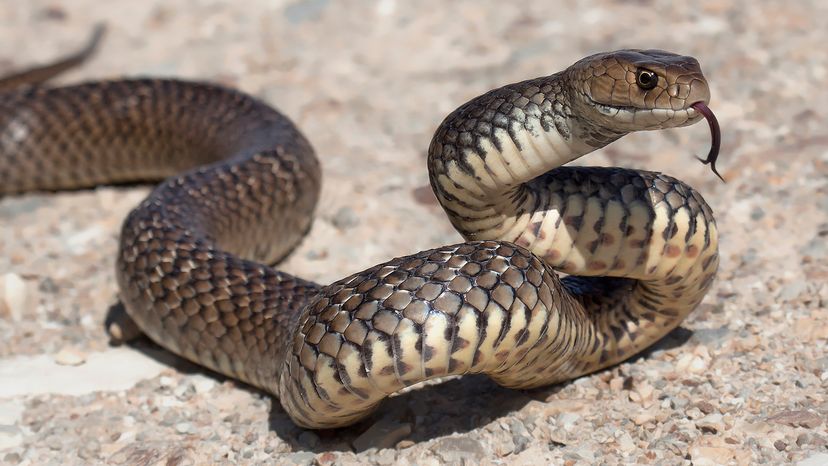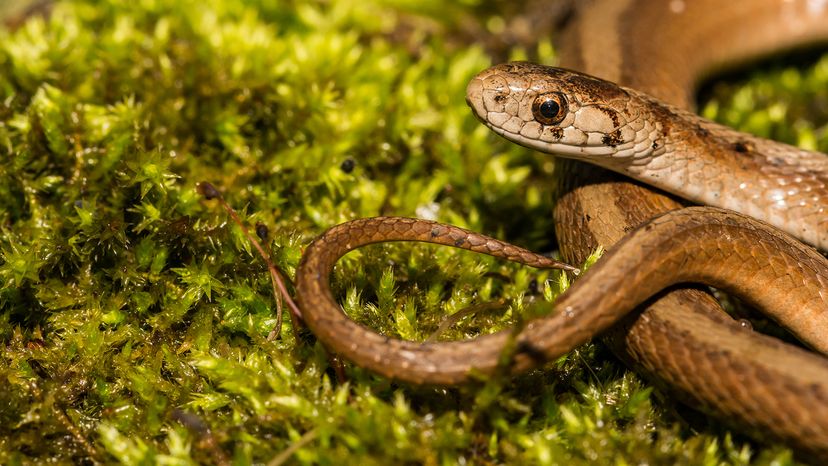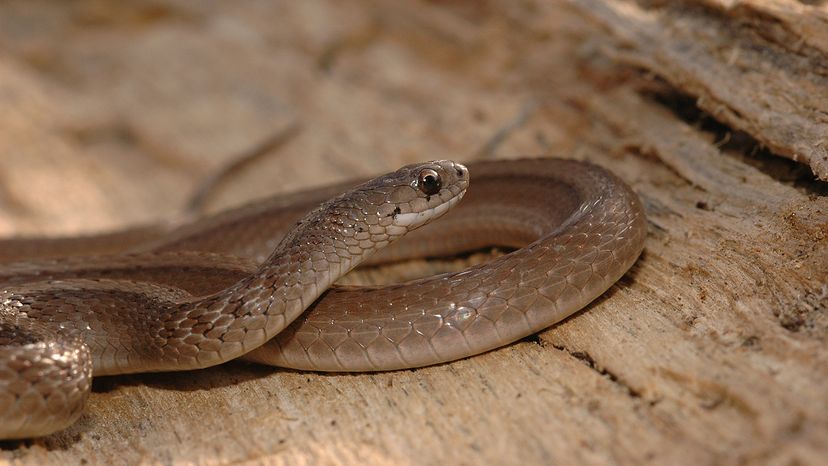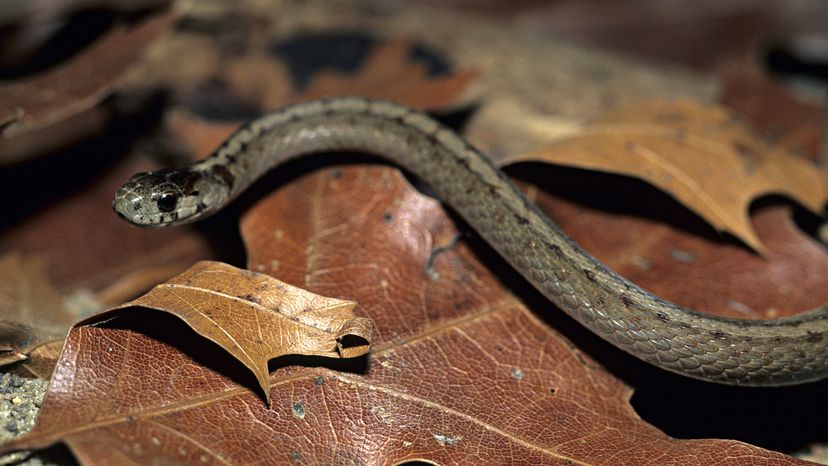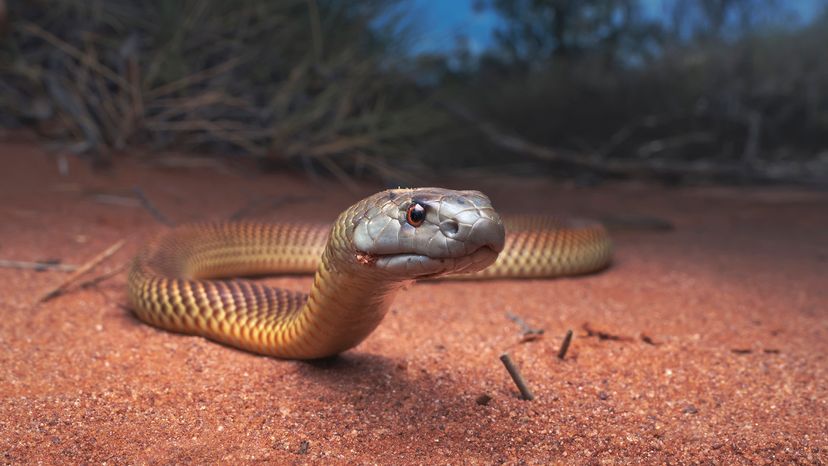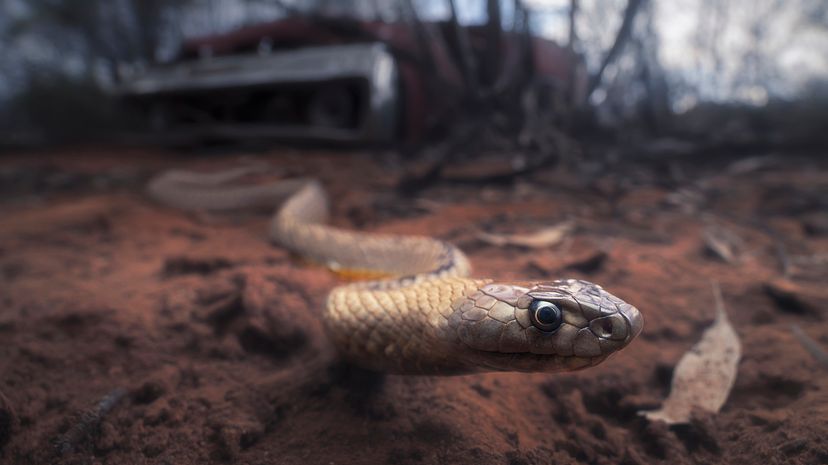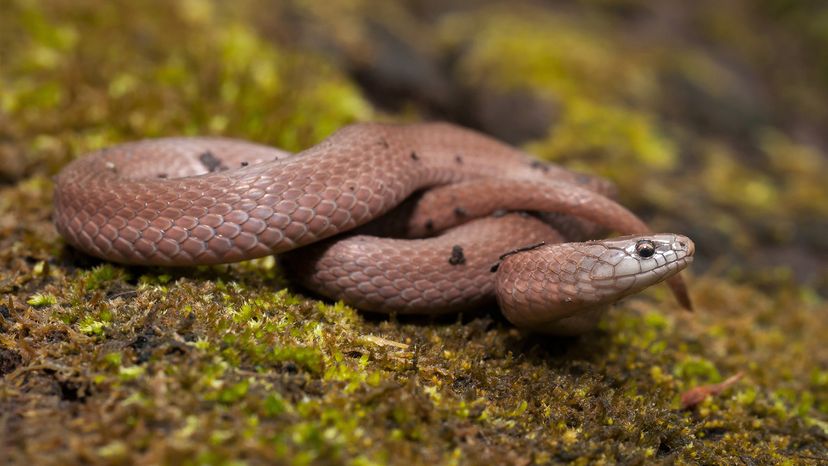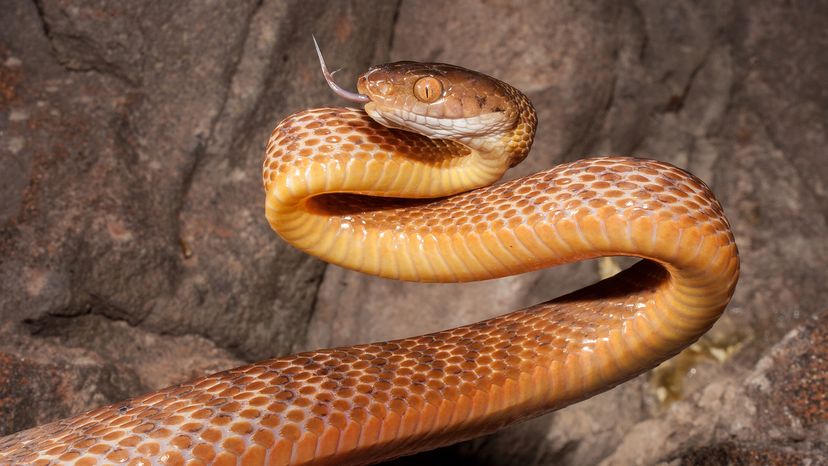
Brown snakes are some of the most common and diverse reptiles in the world. They come in a variety of sizes and levels of venomous potency, making them a group of wild snakes that’s both interesting and important to study.
While the moniker "brown snake" might make them sound simple, these snakes can be anything but. From the highly venomous species of Australia to the more mild-mannered snakes in North America, brown snakes play crucial, complex roles in their ecosystems.
Advertisement
Despite their generally unassuming appearance, brown snakes are highly adaptable and live in a wide range of habitats, from forests and grasslands to urban areas. Let’s explore nine different species of brown snakes and what makes each one unique.
